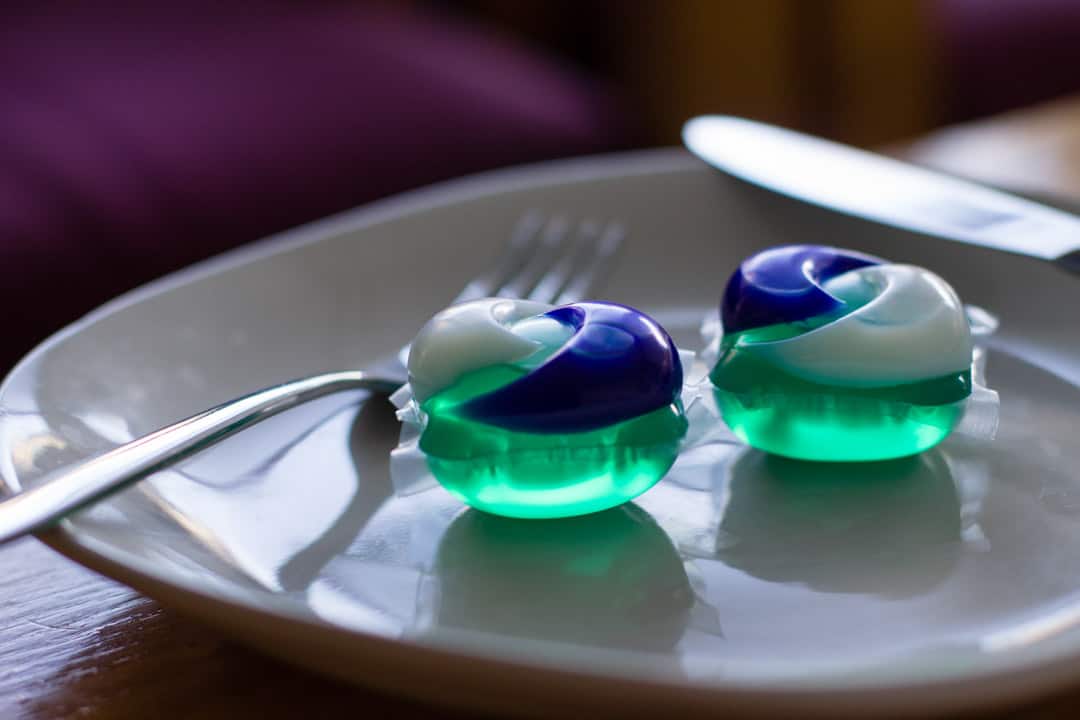Gone are the days when ‘seven minutes in heaven’ was the most outrageous game a teenager could play. Today, teens are instead opting to dare their friends with video challenges on social media. Challenges have escalated from eating a spoonful of cinnamon without water — don’t do it — to setting oneself on fire — please don’t do it — throwing boiling water at strangers — don’t do it to them — and even jumping off buildings — absolutely do not do this.
New on the roster is something called the Tide Pod challenge, which involves filming the ingestion of concentrated laundry detergent packets. Challengers are biting into the brightly packaged pods — sometimes even cooking them beforehand — and chewing them up before spitting the soap out.
Needless to say, several of these challenges are dangerous, but the harms of other challenges are not always as immediately obvious. To set the record straight, we asked Dr. Kapil Gupta, a fellow at U of T’s Department of Anesthesia and Toronto Western Hospital, to rank how harmful some of these challenges really are.
Cinnamon challenge
A classic in the world of online video challenges, this game requires the participant to put an entire spoonful of cinnamon in their mouth and ingest it within 60 seconds — without drinking anything. Trying to ingest the spice can cause throat irritation and choking. According to Gupta, excess consumption of this spice can be toxic to the human body.
Ghost pepper challenge
This food challenge involves eating and swallowing an entire ghost pepper. Ghost peppers contain high concentrations of capsaicin, which is the compound responsible for giving spicy food its kick. While spicy food in moderation is enjoyable, capsaicin is an irritant for mammals, including humans. Gupta said that it is a gastrointestinal stimulant, and taken in excess, it can cause stomach ulcers, abdominal pain, and diarrhea.
Kylie Jenner lip challenge
This challenge is a favorite of beauty accounts on YouTube. Inspired by reality TV star and beauty entrepreneur Kylie Jenner, the challenge involves placing a shot glass on your lips for a few minutes to create a suction cup. The negative pressure caused by the suction causes the blood vessels in your lips to enlarge and sends inflammatory chemicals like histamines to your lips — the result is plump, Kylie-like lips. Gupta warned that this can cause trauma to the mouth, lips, and gums and lead to infection.
Gallon challenge
A relatively simple challenge, this involves gulping down a whole gallon of milk within one minute. If you are lucky, the worst that can happen is vomiting and nausea. If you are not, this challenge can also cause lung aspiration — a similar experience to drowning — which may lead to death.
Salt and ice challenge
This painful challenge involves pouring salt on your body and then placing ice on top of the salt to see how long you can stand the pain. Mixing ice and salt together creates something called a eutectic mixture, which can get as cold as -18 °C — much colder than ice alone. This can cause permanent damage to skin and nerves, said Gupta. It can lead to burns similar to frostbite or weakness and abnormal sensations in the hand for life.
Tide Pod challenge
And finally, the trending Tide Pod challenge. Small packets concentrated with laundry detergent, these pods are colourful and have been mistaken for candy by small children. This challenge is a serious health hazard. Gupta said that ingesting these pods can cause injury to the esophagus, stomach, and intestine. It may cause vomiting and diarrhea, mouth ulcers, and, if ingested in large quantities, it can cause internal bleeding, ultimately leading to death.
So, why are people intentionally ingesting something so harmful? One potential reason for this phenomenon is the influence of famous YouTubers. By taking up these challenges, social media stars indirectly encourage curious viewers to try these things out for themselves. While some videos might include a ‘do not try this at home’ warning, a 2016 study found that warning disclaimers tend to have little to no effect on the actions of those exposed to them.
Over time, this trend has taken the shape of a fad. Like wearing graphic tees in 2007 and drinking everything-matcha in 2016, participating in these challenges appears to stem from the desire to be a part of the ‘in’ group. But when safety and health are at stake, is it okay to thoughtlessly follow a herd headed for a cliff?


